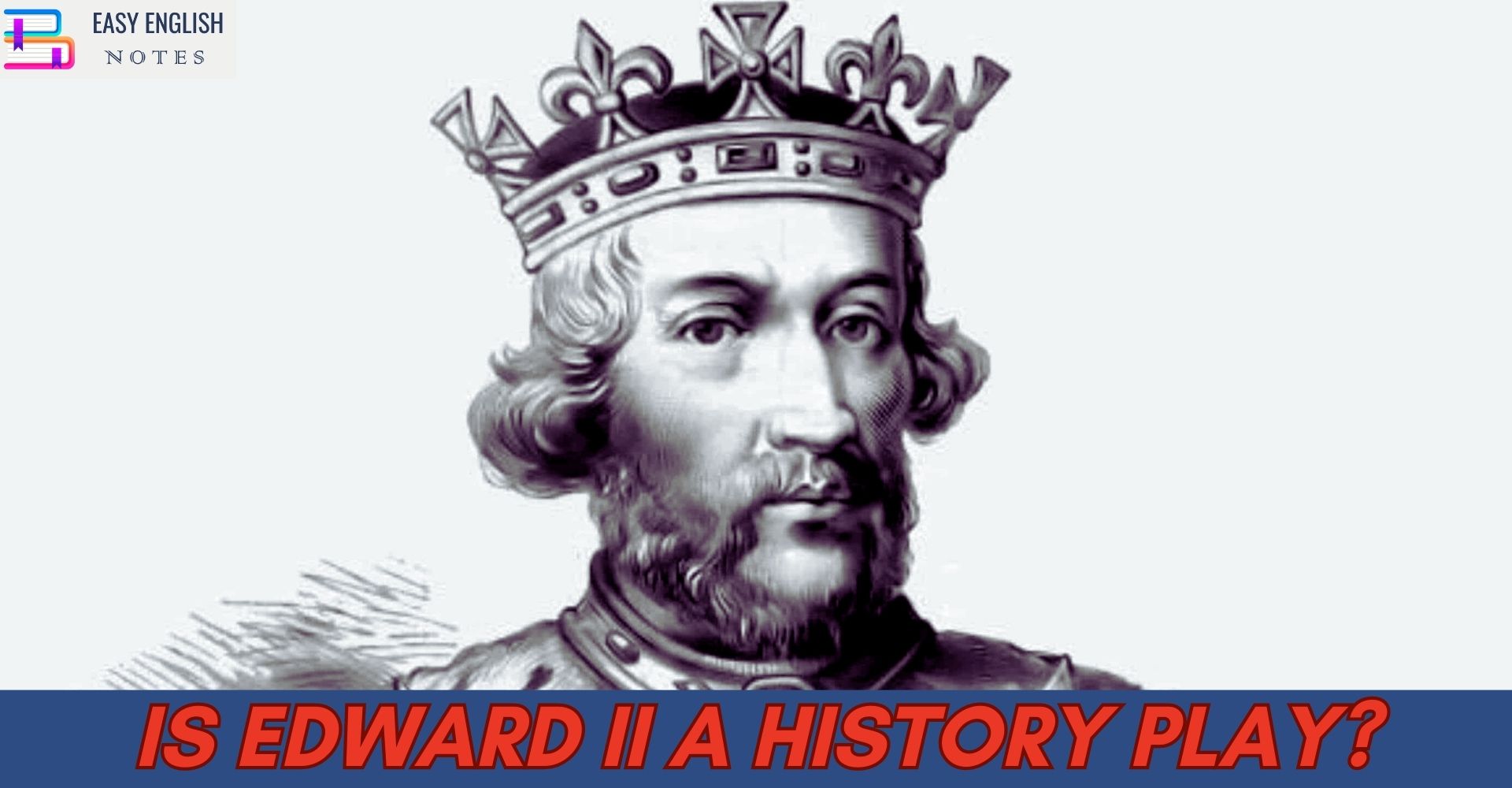Introduction:
Edward II, written by Christopher Marlowe around 1593, is a Renaissance play that delves into the captivating life and reign of Edward II of England. This historical drama unfolds the story of a controversial monarch who ruled England from 1307 to 1327 before being forced to abdicate the throne. Filled with political intrigue, personal struggles, and questions about sexuality, Edward II offers a captivating exploration of power and its consequences.
Historical Background and Plot:
Edward II, a Plantagenet king, faced numerous challenges throughout his reign. The play highlights his alleged homosexuality or bisexuality, as he showed more attention to his male “favorites” than to his wife, Isabella of France. Eventually, Isabella and their son formed an alliance with France, leading to an invasion of England. Ultimately, Edward II’s incompetence led to Parliament taking control and his forced abdication.
Comparison to Braveheart:
In the movie Braveheart, which portrays the Scottish struggle for independence, Edward II is depicted as an effeminate homosexual who opposes the Scottish heroes William Wallace and Robert the Bruce. The film captures the historical context of Edward II’s reign, particularly his conflicts with Scotland. The Scots eventually achieved their freedom from English rule, symbolized by the iconic scene where William Wallace defiantly shouts “FREEDOM!” while being executed.
Marlowe’s Approach and Contribution:
Christopher Marlowe’s Edward II is influenced by the historical agenda prevalent in the Elizabethan era, where writers sought to captivate audiences with national heroes and their exploits. Marlowe’s play diverges from strict chronology, amalgamating and compressing events for dramatic effect. The character Gascon, Edward’s dissolute friend, is transformed into Piers Gaveston, and the plot focuses on key episodes rather than following a linear timeline.
Characterization and Historical Accuracy:
Marlowe’s characterization in Edward II blends historical figures with poetic embellishment. The play presents Edward II as a more extravagant and dissolute figure than historical accounts suggest, highlighting his weaknesses. Gaveston’s depiction may deviate from the historical reality, as he is portrayed as a deliberate disruptor rather than a lifelong friend and admirer of the king. The play also takes artistic liberties with other characters, such as the Spencers and Mortimer, to enhance the narrative.
The Tragic Nature of Edward II:
Despite certain historical digressions and inaccuracies, Edward II stands out as a remarkable historical play. Marlowe adeptly dramatizes history, presenting a range of characters who speak for themselves. The audience witnesses Edward’s flaws, his strained relationship with his wife, his unwavering devotion to Gaveston, and his disregard for the interests of England and its people. The play also exposes the arrogance of the barons, the selfishness of Mortimer, and the queen’s duplicity.
Marlowe’s Legacy:
Edward II, though lacking the vibrancy of Shakespeare’s Richard II, contains a death scene that evokes deep feelings of pity and terror. Marlowe takes historical material and shapes it into a tragic masterpiece, exploring the boundaries of human indulgence. The play’s excellence lies in its poignant portrayal of Edward as a man, rather than just a king—a sympathetic figure trapped in unfortunate circumstances.
Also Read :
- Compare Hamlet with Macbeth, Othello and other Tragedies
- “The Pardoner’s Tale” is the finest tale of Chaucer
- Prologue to Canterbury Tales – (Short Ques & Ans)
- Confessional Poetry – Definition & meaning
Edward II invites audiences to ponder the complexities of human nature and the consequences of unchecked power. Marlowe’s skillful manipulation of historical events and characters creates a cohesive plot that unfolds with a sense of realism. Each scene seamlessly builds upon the previous one, giving the play a coherent structure with a clear beginning, middle, and end.
Marlowe’s portrayal of Edward II as a tragic figure is particularly noteworthy. While historical accounts may offer a different perspective on the king’s personality and actions, Marlowe’s interpretation taps into the universal themes of human vulnerability and the perils of indulgence. The play delves into the internal struggles of Edward, evoking both sympathy and reflection from the audience.
Edward II stands as a testament to Marlowe’s mastery of historical plays during the Elizabethan era. It captures the fervor and pride of the era, where national heroes and their deeds were sources of inspiration. Marlowe’s depiction of Edward’s character, not just as a king but as a deeply flawed and pathetically human individual, sets a model for future works like Shakespeare’s Richard II.
Although some historical liberties are taken in Edward II, it remains a significant contribution to the genre. Marlowe skillfully blends historical fact with poetic imagination, captivating audiences with a compelling narrative. The play transports readers to a world where beauty, truth, and history merge, providing a unique amalgamation of these two genres.
In conclusion,
Edward II is a historical Renaissance play that weaves together elements of history, drama, and poetry. Marlowe’s masterful storytelling breathes life into the characters and events of the past, prompting audiences to ponder the complexities of power, loyalty, and human nature. Despite deviations from strict historical accuracy, the play’s enduring appeal lies in its ability to engage and captivate viewers, inviting them to explore the timeless themes it presents. Edward II stands as a testament to Marlowe’s literary genius and remains a remarkable contribution to the world of historical drama.
PLEASE HELP ME TO REACH 1000 SUBSCRIBER ON MY COOKING YT CHANNEL (CLICK HERE)











